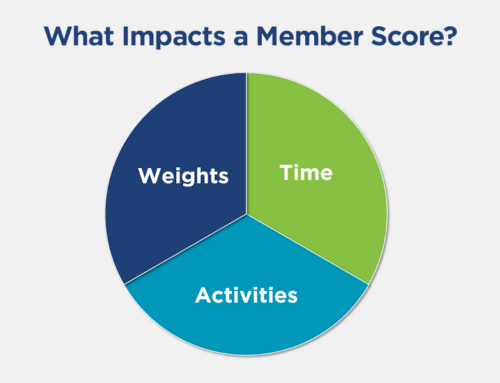Many associations are unsure about how to begin a Business Intelligence (BI) initiative. There is confusion about how to scope a BI project, as well as how to identify the Key Performance Indicators (KPIs) and determining the best formulas to measure the KPIs. Part of making a large initiative less overwhelming, especially in the face of other competing priorities, is to break it down into parts. One of the first steps you can take is to start thinking about how the scope of the program will be defined.
Here’s a checklist we created to help stimulate thinking about the scoping and planning phase of the BI initiative before it actually starts. I know you want to see those interactive visualizations right away, but believe me, time spent thinking about these “pre-flight checklist” items is time well spent!
Preflight BI Checklist
- Identify the cost of your current data situation. This is one way you can measure success at the end of the project. The cost of your current situation includes direct, indirect and lost opportunity costs. For example, estimate:
- $xx lost in membership dues (direct)
- $xx staff time spent searching for data and manually creating reports (indirect)
- $xx revenue not received from prospects you don’t know about (lost opportunity)
- Start thinking about what BI success looks and sounds like. Imagine you are in front of your board describing one of your successful BI milestones. They are excited and pleased about what you are saying, you see heads nodding. What are you saying you achieved that is making them happy?
- A BI project is not simply a technical project; it is really a change management project because you are changing the way decisions are made and you are increasing the transparency of the data. Therefore BI involves a culture change for an organization, so determining the best way to “market” this to staff so that they are excited about the project is important. See our blog post: The Real Issue with Implementing Business Intelligence for Associations: Changing Culture.
- Gather frequently used reports. This includes reports generated automatically as well as those that are manually created. Once the reports have been gathered, identify the source of the data (AMS query, spreadsheet, 3rd party database, etc.).
- Document any known data quality issues. For example, if reports typically need manual cleanup or adjustments performed before distributing, this could indicate a quality issue. Duplicate records are another common data quality issue.
- Begin to consider who will be involved on the “BI Team” and what their role(s) will be. We suggest that the team include individuals who can make decisions on behalf of the organization, individuals who have an interest in making data-driven decisions, individuals who have the most to gain from a successful project, and individuals who have in-depth knowledge about the association’s business rules and data.
- Begin to think about the best way to communicate about this project with the BI team as well as the rest of the staff. BI is an agile process and many iterations are normal and necessary. Staff expectations should to be managed so it is understood that BI is a journey of discovery and that incremental progress will result in success.
Once you have completed this checklist, you can use the information to move to the scoping phase where you prioritize your objectives and begin creating your BI road map.
“It’s not about what it is, it’s about what it can become.”
― Dr. Seuss, The Lorax


